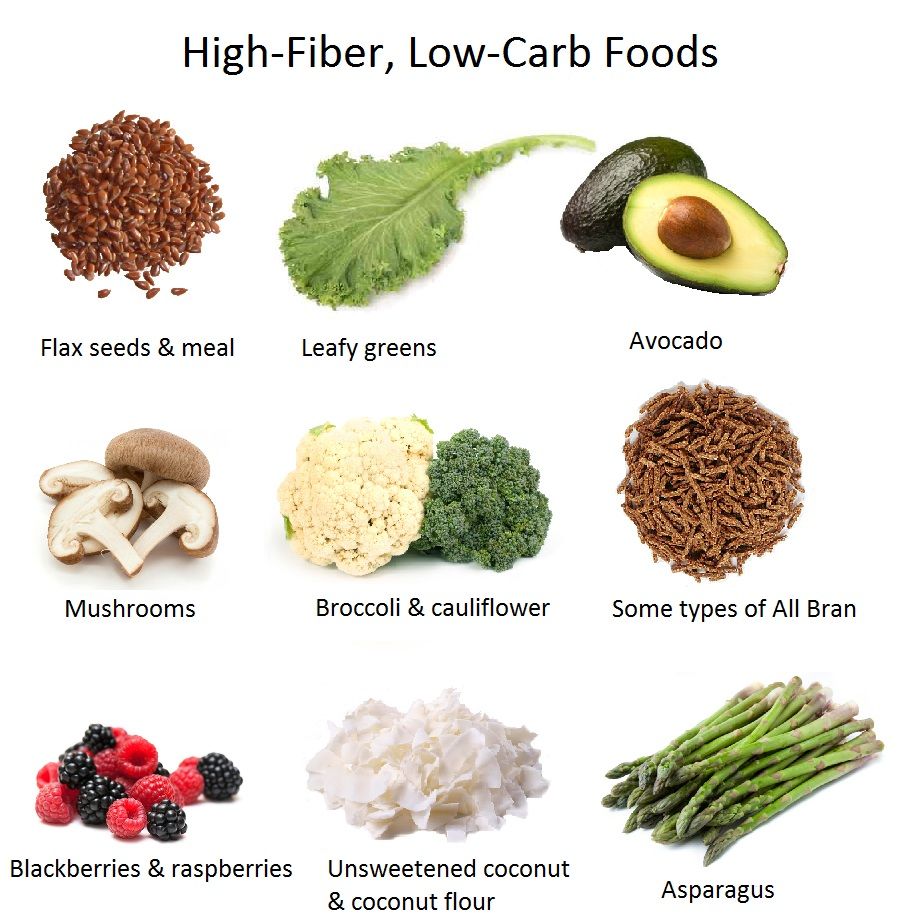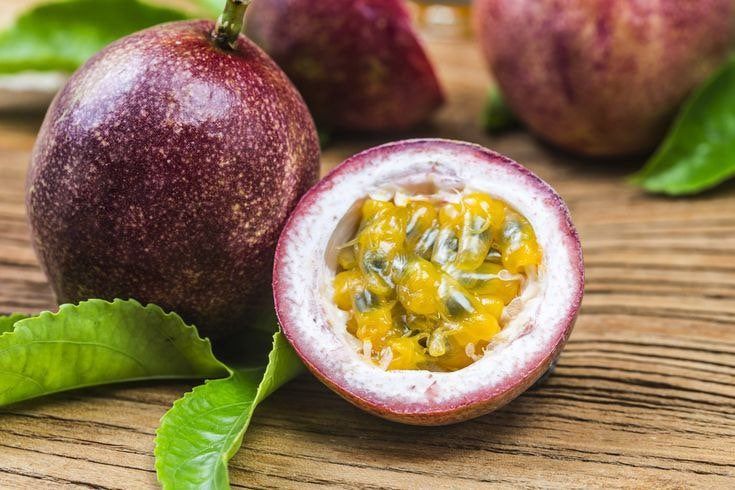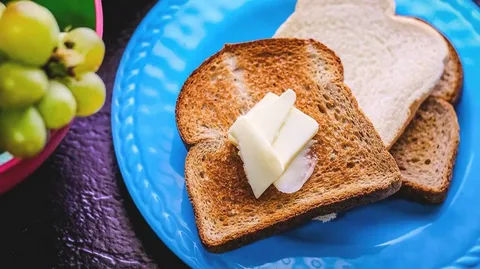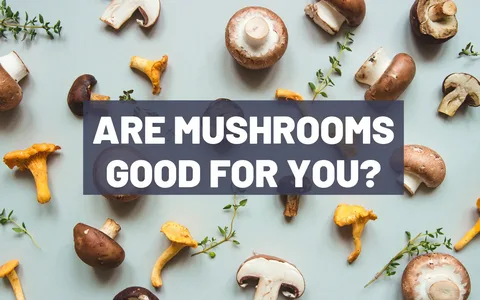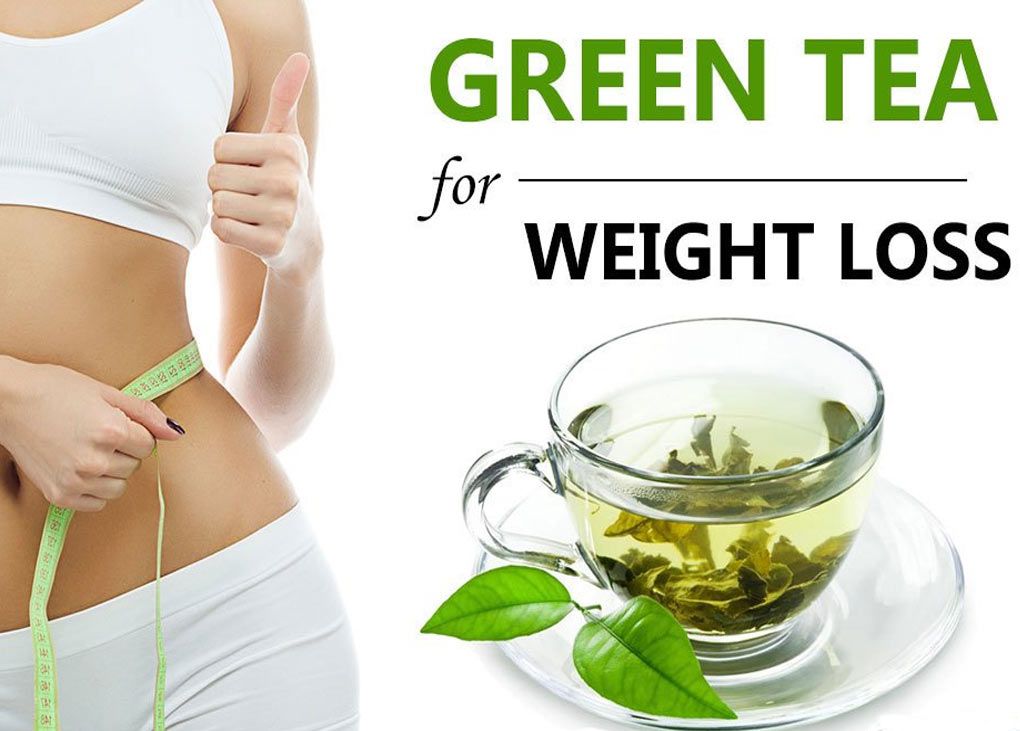In today’s health-conscious world, finding foods that are both high in fiber and low in carbs is a priority for many individuals looking to improve their diet and overall well-being. Fiber is essential for digestive health, weight management, and regulating blood sugar levels, while low-carb foods can help control insulin levels and promote fat loss. In this comprehensive guide, we’ll explore 14 healthy options that are rich in fiber and low in carbs, along with tips on incorporating them into your diet for optimal health.
Avocado
Avocado is a versatile fruit that’s not only delicious but also packed with healthy fats, fiber, and nutrients. With only 2 grams of net carbs per 100 grams, avocado is an excellent choice for a low-carb, high-fiber diet. Enjoy it sliced on toast, mashed in guacamole, or as a creamy addition to salads and smoothies.
Chia Seeds
Chia seeds are tiny nutritional powerhouses, loaded with fiber, protein, and omega-3 fatty acids. Just two tablespoons of chia seeds contain a whopping 10 grams of fiber and only 1 gram of net carbs. Sprinkle them over yogurt, oatmeal, or salads, or use them to thicken smoothies and puddings.
Broccoli
Broccoli is a cruciferous vegetable that’s not only low in carbs but also high in fiber, vitamins, and minerals. With only 4 grams of net carbs per 100 grams, broccoli is a nutrient-dense addition to any meal. Enjoy it steamed, roasted, or sautéed as a side dish or incorporated into stir-fries and soups.
Flaxseeds
Flaxseeds are another excellent source of fiber, protein, and healthy fats. Just two tablespoons of ground flaxseeds provide 4 grams of fiber and 0 grams of net carbs. Add them to baked goods, oatmeal, or smoothies for a nutritional boost, or use them as a substitute for eggs in vegan recipes.
Spinach
Spinach is a leafy green vegetable that’s low in carbs and high in fiber, vitamins, and antioxidants. With only 1 gram of net carbs per 100 grams, spinach is a nutrient-dense addition to salads, omelets, and smoothies. Enjoy it raw or lightly sautéed for maximum nutritional benefits.
Cauliflower
Cauliflower is a versatile vegetable that can be used as a low-carb substitute for rice, potatoes, and flour. With only 3 grams of net carbs per 100 grams, cauliflower is an excellent choice for those following a low-carb, high-fiber diet. Enjoy it mashed, roasted, or riced as a nutritious alternative to traditional starches.
Almonds
Almonds are a nutritious snack that’s rich in fiber, protein, and healthy fats. With only 3 grams of net carbs per 100 grams, almonds are a satisfying option for curbing hunger between meals. Enjoy them whole, sliced, or as almond butter spread on toast or fruit for a quick and convenient snack.
Brussels Sprouts
Brussels sprouts are another cruciferous vegetable that’s low in carbs and high in fiber, vitamins, and minerals. With only 5 grams of net carbs per 100 grams, Brussels sprouts are a nutritious addition to any meal. Enjoy them roasted, grilled, or sautéed as a flavorful side dish or incorporated into salads and stir-fries.
Berries
Berries, such as strawberries, blueberries, and raspberries, are low in carbs and high in fiber, vitamins, and antioxidants. With only 5-8 grams of net carbs per 100 grams, berries are a sweet and satisfying option for satisfying your sweet tooth while staying within your carb limit. Enjoy them fresh as a snack or add them to yogurt, oatmeal, or smoothies for a burst of flavor and nutrition.
Kale
Kale is a nutrient-dense leafy green vegetable that’s low in carbs and high in fiber, vitamins, and minerals. With only 4 grams of net carbs per 100 grams, kale is a nutritional powerhouse that can be enjoyed raw in salads, sautéed as a side dish, or blended into smoothies for added nutrition.
Cucumber
Cucumber is a refreshing and hydrating vegetable that’s low in carbs and high in fiber and water content. With only 2 grams of net carbs per 100 grams, cucumber is a light and crunchy option for snacking or adding to salads and sandwiches for extra texture and flavor.
Coconut
Coconut is a tropical fruit that’s low in carbs and high in fiber, healthy fats, and minerals. With only 6 grams of net carbs per 100 grams, coconut is a flavorful addition to both sweet and savory dishes. Enjoy it shredded as a topping for oatmeal or yogurt, blended into smoothies, or used to add richness to curries and baked goods.
Bell Peppers
Bell peppers are colorful vegetables that are low in carbs and high in fiber, vitamins, and antioxidants. With only 6 grams of net carbs per 100 grams, bell peppers are a versatile option for adding flavor and nutrition to your meals. Enjoy them raw as a crunchy snack, roasted as a side dish, or stuffed with your favorite fillings for a satisfying meal.
Eggplant
Eggplant is a versatile vegetable that’s low in carbs and high in fiber, vitamins, and minerals. With only 6 grams of net carbs per 100 grams, eggplant is a nutritious option for incorporating into soups, stews, and stir-fries. Enjoy it roasted, grilled, or baked as a flavorful addition to your favorite dishes.
Frequently Asked Questions (FAQs)
Can I eat these foods if I’m following a ketogenic diet?
Yes, many of these high-fiber, low-carb foods are suitable for a ketogenic diet, which emphasizes low-carb, high-fat eating to promote weight loss and improve health.
How much fiber should I aim to consume daily?
The recommended daily intake of fiber varies depending on age, sex, and overall health, but most adults should aim for 25-30 grams per day for optimal digestive health and weight management.
Are there any potential side effects of consuming too much fiber?
Consuming too much fiber can lead to digestive issues such as bloating, gas, and diarrhea, so it’s essential to increase your fiber intake gradually and drink plenty of water to prevent discomfort.
Can I eat these foods if I have diabetes?
Yes, many of these high-fiber, low-carb foods are suitable for individuals with diabetes, as they can help regulate blood sugar levels and improve insulin sensitivity.
Are there any low-carb, high-fiber snacks I can enjoy on the go?
Yes, nuts, seeds, and berries are all excellent options for portable, high-fiber snacks that can help keep you satisfied between meals.
Can I eat these foods if I’m trying to lose weight?
Yes, incorporating high-fiber, low-carb foods into your diet can help you feel full and satisfied while reducing your overall calorie intake, making weight loss more manageable and sustainable.
How can I incorporate these foods into my meals if I’m not used to eating them?
Start by experimenting with different recipes and cooking methods to find ways of preparing these foods that you enjoy. Gradually incorporate them into your meals and snacks to increase your fiber intake over time.
Conclusion
Incorporating high-fiber, low-carb foods into your diet is a simple yet effective way to promote digestive health, regulate blood sugar levels, and support weight management. By including a variety of these nutritious foods in your meals and snacks, you can enjoy delicious and satisfying options while reaping the many health benefits they provide. So go ahead, stock up on these fiber-rich favorites and start nourishing your body from the inside out!
- Is Bread Bad for You? Nutrition Facts and More - April 23, 2024
- Are Mushrooms Good for You? - April 23, 2024
- How Green Tea Can Help You Lose Weight - April 23, 2024

